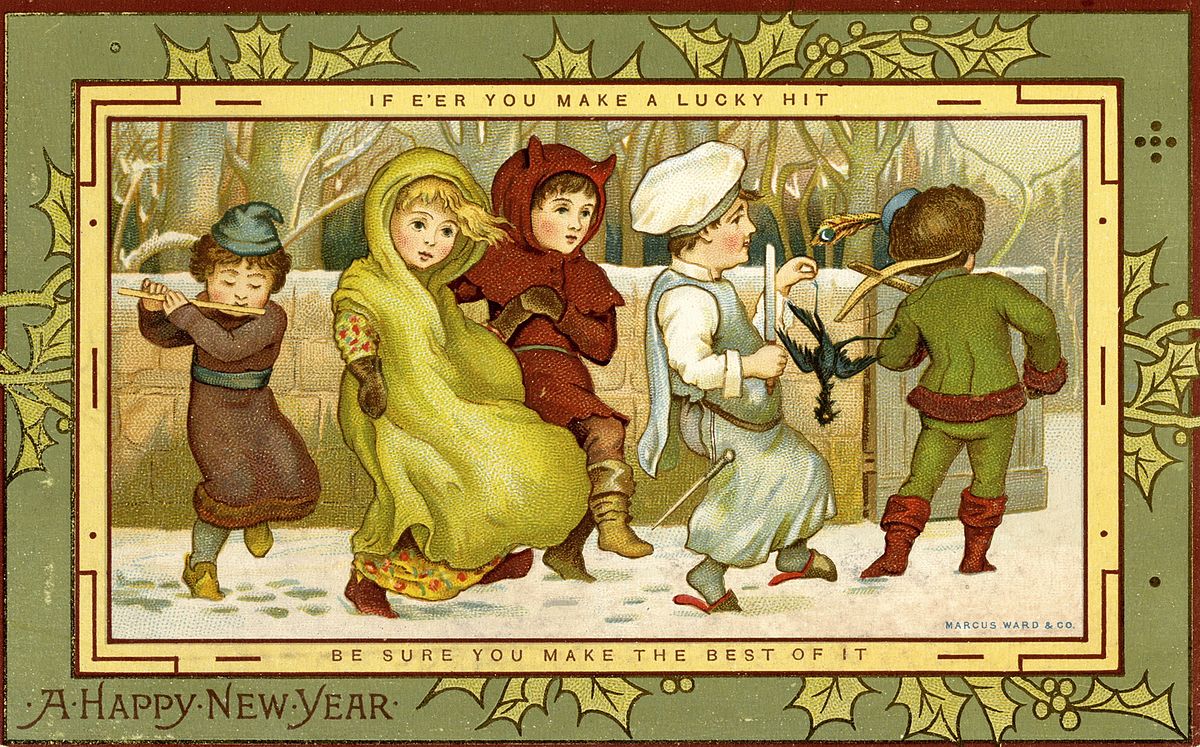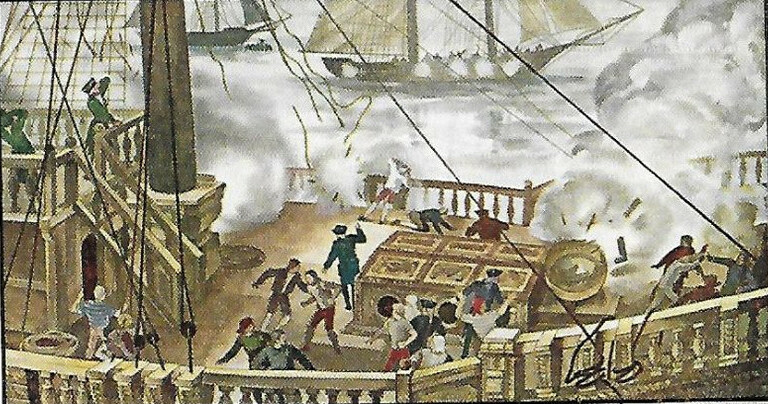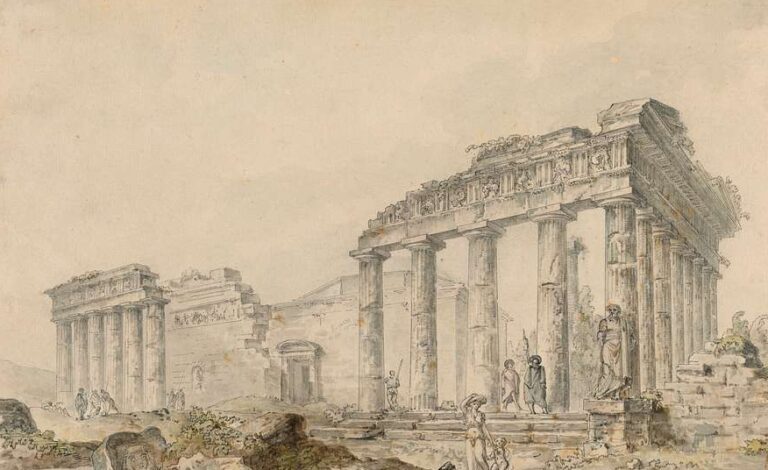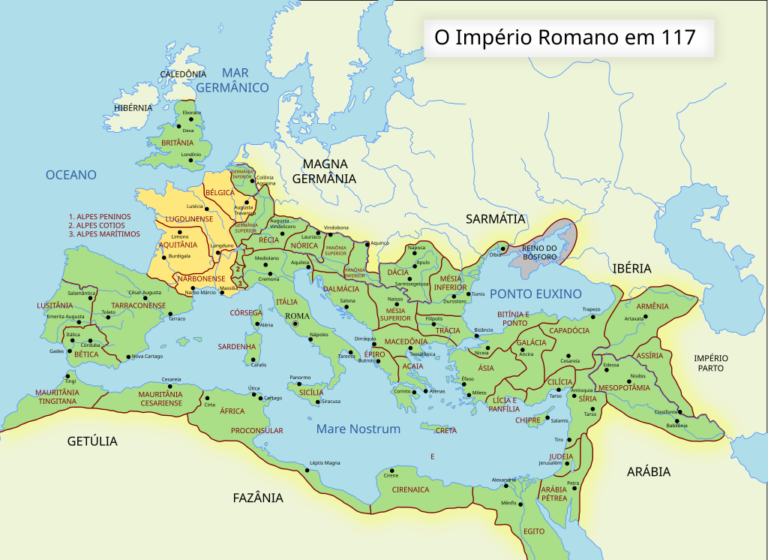
The celebration of the New Year is one of the oldest and most widespread traditions in human history, observed in countless forms across cultures, religions, and civilizations. From the ancient Babylonians who marked the start of the year with the spring equinox, to modern-day festivities ringing in January 1st, New Year’s observances have evolved in fascinating ways, each with unique customs, rituals, and meanings.
Mesopotamia
The earliest recorded New Year festival dates back to about 2000 BCE in Mesopotamia. In Babylonia, the new year, known as Akitu, was celebrated with the new moon following the vernal equinox (around March 21), signaling the arrival of spring and the renewal of life.
China
In China, the tradition of celebrating the New Year dates back an astonishing 3,500 years. The Chinese New Year begins on the second new moon following the winter solstice, typically falling in late January or February. This timing marks the start of spring and is deeply tied to agricultural practices and lunar observations.
The roots of Chinese New Year celebrations can be traced back to the Shang Dynasty. During this period, the Chinese people were already observing sacrificial rituals to honor their ancestors and deities, laying the groundwork for the New Year traditions. During the Shang period, the Chinese New Year was likely tied to agricultural cycles. As farming communities relied heavily on the changing seasons, the new year became a time to seek blessings for good harvests and a prosperous year ahead.
The traditional Chinese calendar was developed between 771 BCE and 476 BCE during the Spring and Autumn period of the Eastern Zhou dynasty. This calendar marked the beginning of the year on the day of the new moon closest to the winter solstice. However, as the Zhou dynasty weakened and gave way to the Warring States period (approximately 475 BCE to 221 BCE), several competing lunisolar calendars were introduced, particularly by states seeking to assert independence from Zhou control. For example, the state of Lu introduced its own calendar, known as the Lu calendar, while the state of Jin adopted the Xia calendar, which set the beginning of the year on the new moon closest to the March equinox.
After Qin Shi Huang unified China under the Qin dynasty in 221 BCE, the Qin calendar (秦曆; 秦历) was established.
Egypt
In ancient Egypt, New Year celebrations were deeply intertwined with the rhythms of nature and the cycles of the Nile River, which were central to Egyptian life and agriculture. The Egyptian New Year, known as Wepet Renpet or “opening of the year,” was determined by the annual flooding of the Nile, a life-giving event that replenished the soil and ensured bountiful harvests.
The New Year typically coincided with the heliacal rising of the star Sirius (Sopdet in Egyptian), which occurred shortly before the Nile’s inundation. This celestial event was eagerly anticipated, as it marked the beginning of the inundation season, a time of renewal and prosperity. The heliacal rising of Sirius aligned with the start of the Egyptian calendar, emphasizing the connection between the heavens, the river, and earthly life.
Arabia
In terms of pre-Islamic Arabian traditions, the situation is somewhat less clear due to a lack of epigraphic evidence from central Arabia, especially Mecca. However, details can be found in the writings of later Muslim scholars, such as al-Biruni and al-Mas’udi, who mention the lunar-based calendars used by the ancient Arabs. Both scholars suggest that the pre-Islamic Arabs used the same month names as those used in the Islamic calendar, though they also mention other month names that were unique to the pre-Islamic era.
This reflects the existence of different local and regional calendars across the Arabian Peninsula before the widespread adoption of Islam. The inscriptions of these calendars provide insight into the methods used by early Arabs to track time, although the specifics of their New Year celebrations remain less documented.
The Islamic calendar was introduced in the early 7th century, during the rule of Caliph Umar ibn al-Khattab (r. 634–644 CE). It was established in 638 CE after the death of the Prophet Muhammad in 632 CE, to create a unified system for recording events and the passing of time. The calendar is marked by the year of the Hijrah, which refers to the migration of the Prophet Muhammad and his followers from Mecca to Medina in 622 CE. Since the Islamic calendar is lunar and shorter than the Gregorian calendar by about 10–12 days, the date of the Islamic New Year varies each year when compared to the Gregorian calendar.
Ancient Greece
The tradition of celebrating the New Year in ancient Greece owes much to the influence of earlier civilizations, particularly the Mesopotamians. As early as 2000 BCE, the Mesopotamians revered the sun and incorporated it into their rituals and calendar systems. These customs, rich with symbolic and astronomical significance, were transmitted to the Greeks through contact with the ancient Mesopotamian city of Babylon.
Before this cultural exchange, the Greeks did not have a specific celebration for the New Year. Instead, their calendar practices were tied to lunar observations. They marked the start of each month by observing the “sickle of the new moon”, the first visible crescent of the moon in the night sky. This acknowledgment of the new moon signaled the beginning of a new month but did not carry the festive or ceremonial weight associated with modern New Year celebrations.
In ancient Athens, evidence from inscriptions reveals a religious ceremony marking the transition to the new year. However, this event was limited in scope and participation, involving only a selected group of officials. These officials presented offerings to Zeus and Athena, seeking the gods’ blessings and favor for the year ahead.
It wasn’t until the Roman era, under the influence of Roman customs, that New Year celebrations became more inclusive and widespread throughout the Roman Empire, including Greece.
Romans
The original Roman calendar consisted of only ten months, beginning in March and ending in December. Traces of this earlier system remain in the names of the months, particularly September through December. In Latin, “Septem” means seven, “Octo” means eight, “Novem” means nine, and “Decem” means ten—corresponding to their original positions as the seventh through tenth months of the year.
According to Roman mythology, the calendar was later reformed by Numa Pompilius, Rome’s second king. He is credited with adding two new months, Ianuarius (January) and Februarius (February). Initially, these months were placed at the end of the year, extending the calendar to 12 months.
Initially, the Roman calendar began the year on March 1, a date associated with the start of the military campaigning season. However, in 153 BCE, the Roman Senate declared January 1 as the official start of the year to align with the inauguration of new consuls, who assumed office on that date. This practice continued under the Julian calendar, introduced by Julius Caesar in 46 BCE. The Julian calendar’s fixed date of January 1 influenced the later global adoption of this tradition.
The Middle Ages
In medieval Christian Europe, Church leaders sought to distance the New Year celebration from its Roman origins by changing its date. Initially, they aligned the start of the year with December 25, to coincide with Christmas. However, realizing this overshadowed the religious significance of Christmas, they later moved the New Year to March 25, the Feast of the Annunciation, which marked the angel Gabriel’s visit to the Virgin Mary. Centuries later, in 1582, Pope Gregory XIII decided to restore January 1 as New Year’s Day, a move formalized with the introduction of the Gregorian calendar.




